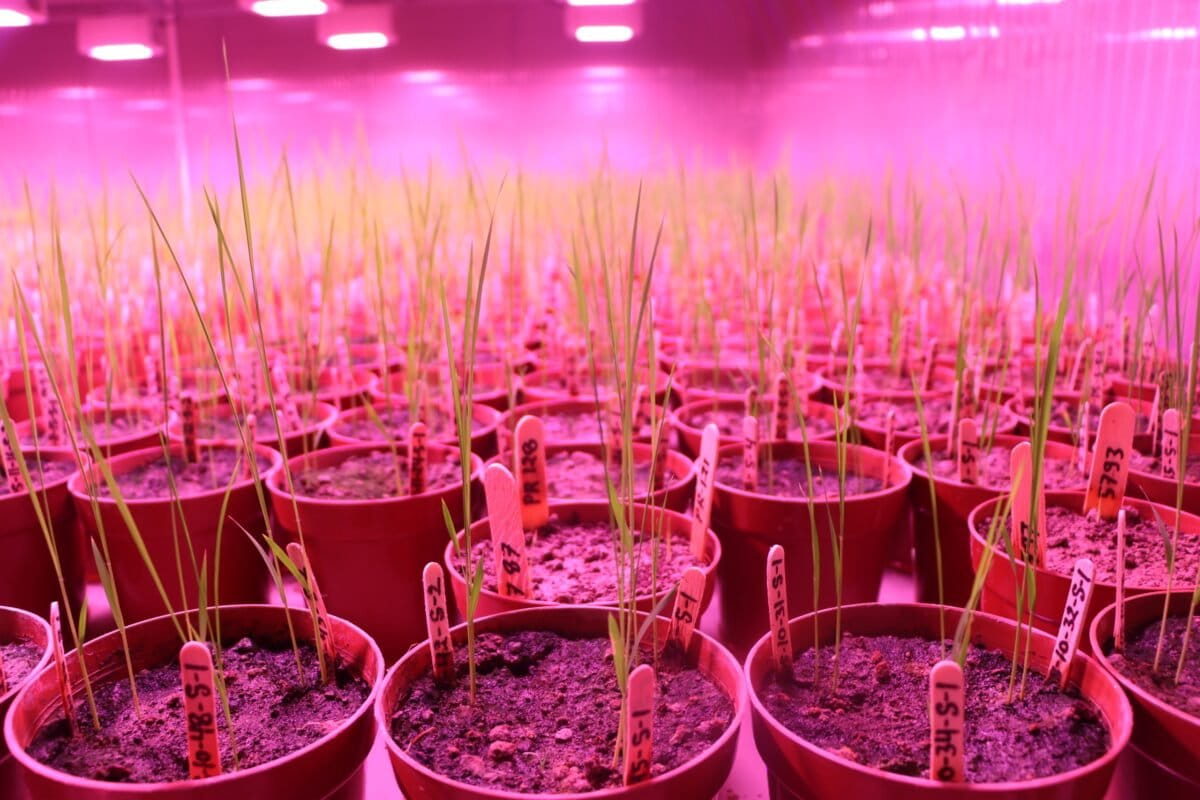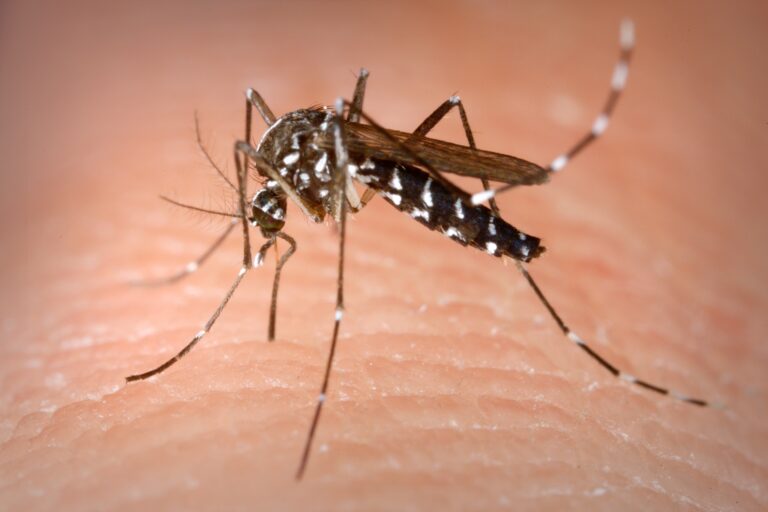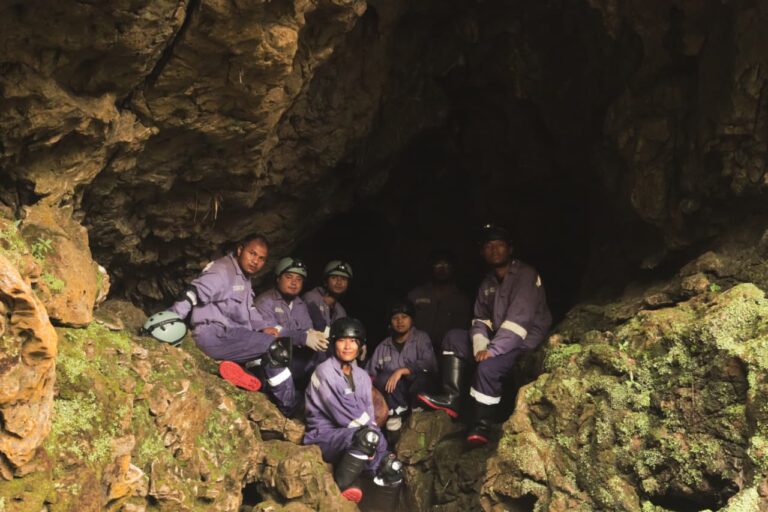- With the COVID-19 pandemic causing the death of thousands of people and forcing economic and social lockdowns across nations, nature has chosen to underscore – rather brutally – the urgency for environmental actions.
- Land use change and climate change, the topics for the Biodiversity and Climate COPs, are among the key structural factors that have generated COVID-19, and other “never-seen-before” pathogens including the Kyasanur forest disease (KFD) in Karnataka, Ebola in West Africa and Zika in North America.
- All countries need to act in concert with each other to succeed in order to protect not just the planet, but ourselves, our economies and everything we cherish, writes Seema Paul in this commentary.
When 2020 started, environmental groups around the world, and in India, were in the throes of nervous excitement. We were entering the last decade in which humanity would have the opportunity to take actions that could keep global average temperatures from rising by 1.5 to 2-degree C above preindustrial levels within this century. This is the point, science tells us, above which the planet’s natural systems would be pushed to extreme tipping points, dangerously impacting human life as we know it on this planet.
With several critical United Nations (UN) conferences planned during the course of the year, including the conference of parties (COP) under the Biodiversity, Climate Change and Migratory Species Conventions, environmentalists had sensed an opportunity. They would advocate with their governments to commit to delivering better, and preferably higher, than their current national targets under these global agreements. And with the COVID-19 pandemic that is killing thousands of people and forcing economic and social lockdown across nations, nature has chosen to underscore – rather brutally – the urgency for environmental actions.
Land-use change and climate change – the topics for the Biodiversity and Climate COPs – are among the key structural factors that have generated COVID-19, and other “never-seen-before” pathogens including the Kyasanur forest disease (KFD) in Karnataka, Ebola in West Africa, Zika in North America, and SARS in Asia in recent times. Called zoonotic diseases because they occur at the interface between humans, animals and the environment, 75 percent of the recent emerging infectious diseases fall in this category.
Read more: Spillover: encroachment into forests increases risk of contracting diseases from animals.

Land-use change includes changing the character of agriculture from small-holder to industrial farming practices that rely on monocultures. It also includes destroying habitats and forests for extracting economic goods or for building new infrastructure—this specific trend is as much in play across the world, as in India. It has escalated human-wildlife interface to levels never seen before, resulting in the greater crossover of pathogens between wildlife and domestic animals, and giving rise to new ones.
Genetic monocultures among domestic animals, such as cattle, also facilitate the transmission as they have lesser resistance to such pathogens. Land-use change will be at the heart of the new Global Biodiversity Framework, to be negotiated at the Biodiversity COP (currently postponed from its original date in October 2020).
Climate change is the other trend abetting the crossover of pathogens, and the rise of new ones. As the planet heats up, natural habitats, and wildlife that resides in them, are moving to new areas in search of cooler temperatures. This forced “migration of nature” is uneven and not all vegetation and wildlife can move together, or at all. When selective migrations occur, wild species may find insufficient vegetation cover and prey in their new areas, forcing them to turn to domestic animals for food. Acting together, the land use and climate change trends further amplify the degradation of forests and the crossover of viruses that can infect humans.
India can take great pride in the fact that it is the 10th most forested country in the world and that we have a policy goal that one-third of our land area should be under forest and tree cover. The XV Finance Commission recently took a bold stance by increasing the share of “dense forest cover” in the criteria for devolution of revenues to states from 7.5 to 10 percent.
Read more: Uncertainty looms over climate change and biodiversity talks in 2020
[Commentary] It is not COVID-19 alone, but also the environment and the economy

Yet, other trends and statistics should force us to reflect. Between 1951-52 and 1975-76, data from the Ministry of Environment and Climate Change website shows that 1.2 m ha of forest land, roughly 100 ha per day, was diverted. More recent data is not available, but we know that significant stretches of forests continue to be lost. While some diversion is inevitable for economic development, and mitigation measures such as compensatory afforestation are in place now, loss of ecosystem services from the diversion of pristine natural forests is not likely to be adequately compensated by plantations, especially monocultural ones.
Our country’s biennial State of Forest Reports, which shows an increasing trend of forest cover, does not distinguish between plantations and natural forests. Satellite-based methodology of recording forest cover could qualify Lodhi Gardens in Delhi and even orchards as forest cover. A healthy natural forest that would keep wildlife within it, and deliver other important services for society such as water, medicinal value, livelihoods and carbon sequestration, is not the same as a monoculture plantation of fast-growing species. A natural forest is a diverse ecosystem comprising varied vegetation and other life-forms that have co-evolved. Unfortunately, India is literally missing the forest for trees.
As part of its Nationally Determined Contributions (NDCs) under the Climate Treaty, India took a bold leadership stance and committed, among other things to increasing the share of non-fossil fuel sources in power generation capacity to 40 percent and to sequestering 2.5 to 3 billion tonnes of carbon dioxide equivalent through reforestation—both by 2030. While the renewable energy goal is progressing relatively well, the National Green Mission, intended to advance the reforestation goal is stuck. The NGM had a target of adding 5 m ha of forest cover and improving an additional 5 m ha of forests. Whether States will respond to the positive “nudge” from the Finance Commission to advance reforestation remains to be seen.

A choice India could make as it advances these goals is whether to rely on “plantations,” or natural regeneration to account for its carbon sequestration goal. India has large tracts of lands that have natural root-stock that could easily regenerate if supported through community engagement and decreased pressure. Besides being more effective in reducing crossover of pathogens, the latest science is also showing that such forests would store more carbon than plantations.
Last year’s path-breaking report by the Inter-Governmental Science-Policy Platform on Biodiversity and Ecosystem Services (IPBES), of which India was a part, has noted that since 1970, the “unparalleled appropriation of nature is causing the fabric of life on which humanity depends to fray and unravel.” COVID-19 is a stark example of this and it underscores in no uncertain terms that arresting biodiversity and forest loss, averting climate change and protecting human health are inter-dependent goals. And that all countries need to act in concert with each other to succeed in order to protect not just the planet, but ourselves, our economies and everything we cherish.
Given our ancient wisdom that the world is one family, Vasudhaiva Kutumbakam, we should lead the way—starting with our stance at the Biodiversity and Climate Change COPs.
[Seema Paul is the Managing Director of The Nature Conservancy, India].
Banner image: Leopards spotted at the edges of Mumbai proving how “unparalleled appropriation of nature is causing the fabric of life on which humanity depends to fray and unravel”, IPBES Global Assessment Report, 2019. Photo by Steve Winter/Sanctuary Photo Library (2018).













